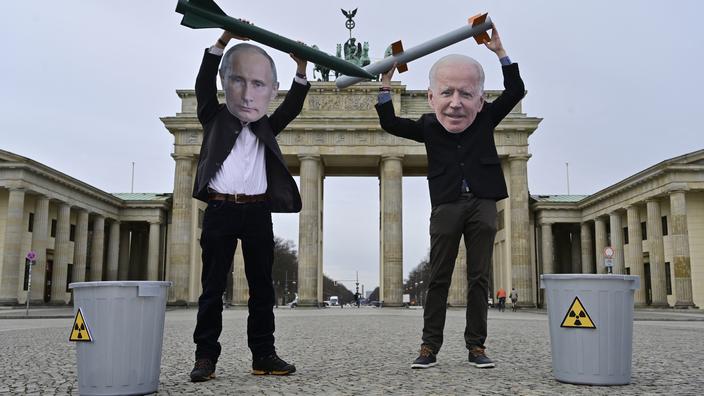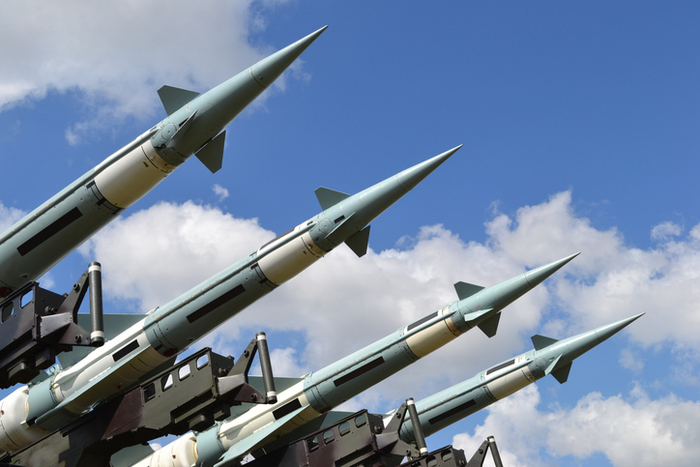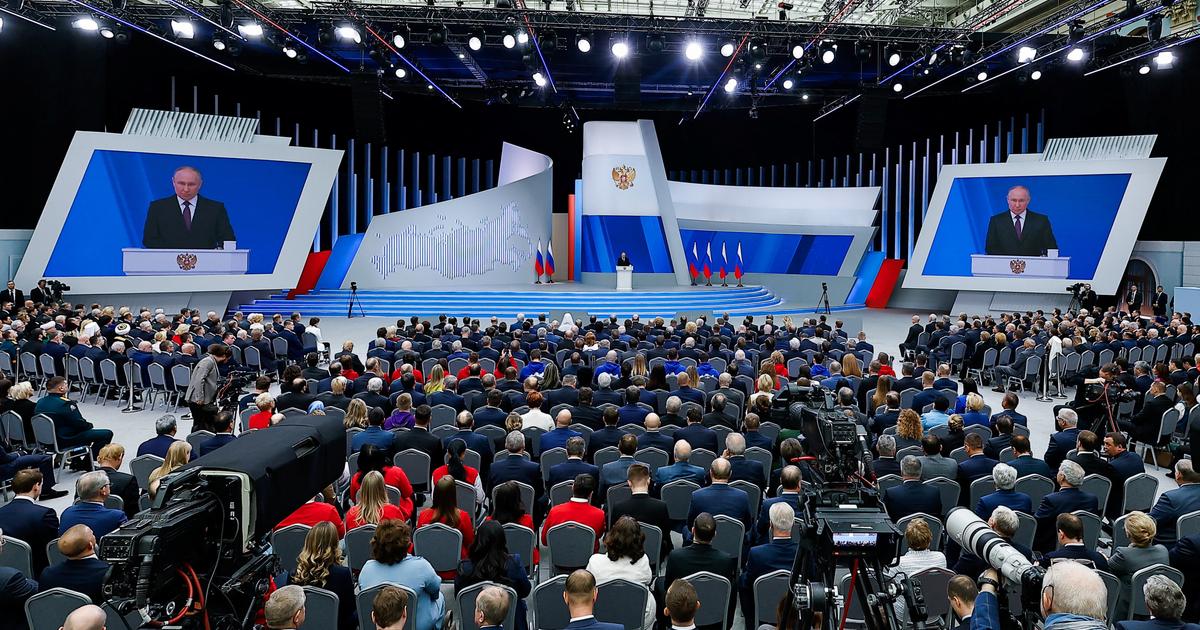The decline in the number of nuclear weapons in the world since the end of the Cold War saw a further drag in 2020, as the atomic powers modernize and, for some, expand their arsenals, according to a published report. Monday June 14.
Read also: Nuclear: bloodless, Iran increases pressure on the United States
At the start of 2021, the nine nations equipped with "the bomb" (Russia, United States, United Kingdom, France, China, India, Pakistan, Israel and North Korea) held 13,080 nuclear weapons, or 320 less than at the start of 2020, according to estimates by the Stockholm International Peace Research Institute (Sipri). But this figure includes warheads awaiting dismantling. Excluding the latter, the stockpile of nuclear weapons increased from 9,380 to 9,620 over the period. As for the number of nuclear weapons actually deployed on missiles or within operational forces, it has also increased, increasing by 105 units in one year, to 3,825 warheads. Of which around 2,000 are in a “high operational alert state”, that is to say that can be launched in a few minutes.
We are seeing very important nuclear modernization programs around the world and in all nuclear-weapon states, with an increasing emphasis on nuclear weapons in their military strategies.
"
Hans Kristensen, researcher at Sipri
Since its absolute peak in 1986 (more than 70,000 heads) the number of atomic weapons has melted, falling for example to 22,600 units in 2010 (including nearly 7,500 operational at the time), according to data from Sipri. The 2021 total is apparently the lowest since the late 1950s. But
"the reductions in nuclear arsenals, to which we have become accustomed since the end of the Cold War, seem to be marking time
,
"
Hans told AFP. Kristensen, researcher at Sipri.
"We are seeing very important nuclear modernization programs all over the world and in all nuclear weapon states,"
he said, with
"an increase in the importance attributed to nuclear weapons in their military strategies"
.
Read also: The nuclear risk of return between Washington and Moscow, but also Beijing
This trend can be seen in both Russia and the United States - which together possess more than 90% of the world's nuclear weapons: 6,255 (-120) and 5,550 (-250) respectively, according to Sipri.
If the two powers continued to dismantle warheads which were no longer operational, they had at the start of 2021, however, around 50 more in
“operational deployment”
than a year earlier.
The treaty signed between Moscow and Washington, the "New START" - aimed at keeping their nuclear arsenals below Cold War levels - was extended at the last minute by five years earlier this year.
This extension was important
"to create stability"
, emphasizes Hans Kristensen, especially since other treaties - like the Treaty on Intermediate-Range Nuclear Forces (INF) - have expired in recent years. But the new Biden administration
"is signaling very clearly that it will continue the overwhelming majority of the nuclear modernization program that was underway during the Trump years
,
" said
the researcher.
According to an International Campaign for the Abolition of Nuclear Weapons (ICAN) report released in early June, atomic powers spent $ 72 billion on their arsenals in 2020, a total of $ 1.4 billion.
According to Sipri estimates, China had 350 nuclear warheads (+30) at the start of 2021, ahead of France 290 (stable), the United Kingdom 225 (+10), Pakistan 165 (+5), India 156 ( +6) and Israel 90 (stable).
As for the latest nuclear power to date, North Korea, the Swedish research institute estimates that it could build 40 to 50 warheads with the fissile material produced by the regime, but that their real number remains
"extremely uncertain"
.
Read also: Where is the nuclear arms race?
In August, members of the Non-Proliferation Treaty (NPT), which brings together most of the world's countries, are due to meet in New York for a five-year review. According to the NPT, the nuclear powers undertake to
"pursue in good faith"
negotiations on disarmament. However, faced with the renewal of arsenals, non-nuclear countries could call into question their commitments, worries Sipri.
"The member states of this treaty may rightly ask
“Are you really in compliance with this treaty?” “And“ if you are not, why should we continue to be members of this treaty? ”, Argues Hans Kristensen. What follows remains marked with a question mark: is it simply the end of the reduction phase, or the start of a re-increase that has not been seen for nearly 40 years? According to the expert, the increase in the stock in China for example could also hamper the will of the United States and Russia to disarm.















